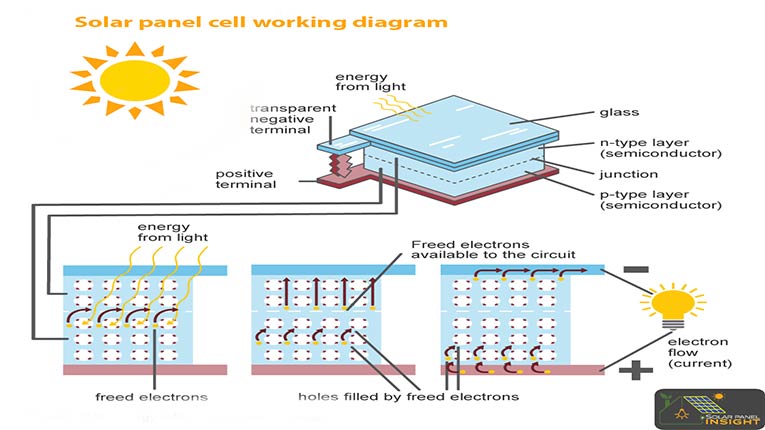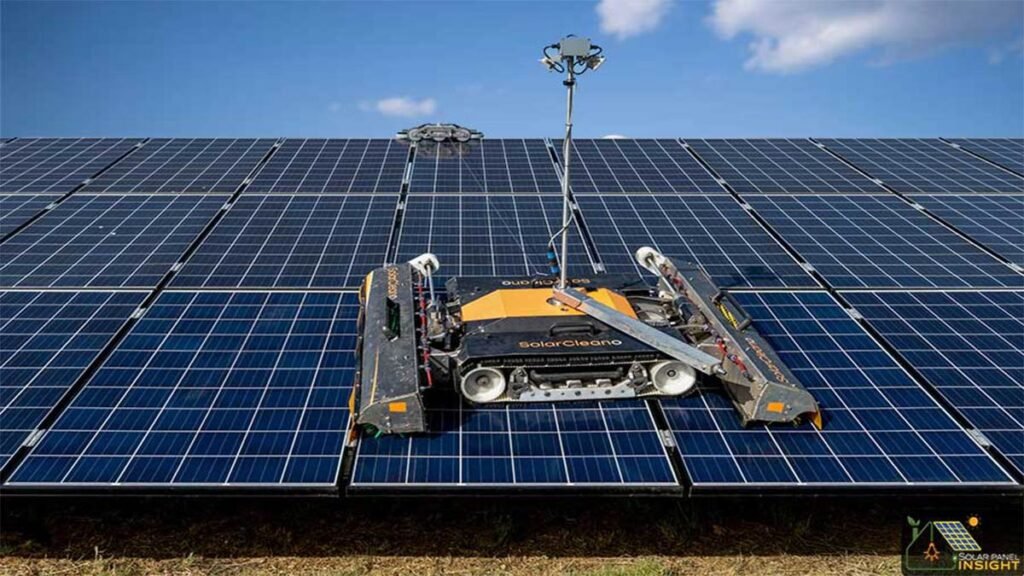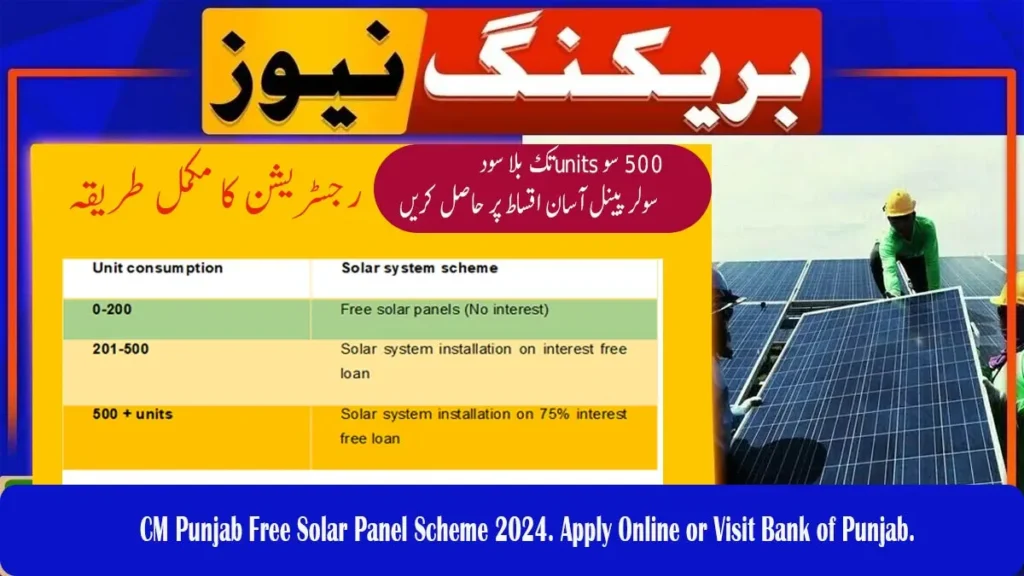A solar cell is a device that turns light energy into electrical energy using the photovoltaic effect. Photodetectors, such as infrared detectors, detect light or other electromagnetic radiation close to the visual range. They are also employed to measure the intensity of light. Silicon is the material of choice for most solar cells in its many forms (amorphous, polycrystalline, crystalline, or single crystal). As the variety of silicon materials available increases, the efficiency and cost of these cells decrease. Solar cells differ from batteries or fuel cells because they do not use chemical reactions or fuel to generate electrical power.
Additionally, unlike electric generators, solar cells have no moving components. Arrays are giant groupings in which solar cells can be organized. These arrays, consisting of several cells, can operate as primary power stations, transforming sunlight into electrical energy that may be distributed to industrial, commercial, and residential consumers. Smaller versions of solar cells, sometimes known as solar cell panels or just solar panels, have been mounted on rooftops by homeowners as a supplement to or replacement for their traditional power source.
How do Solar panels work? The principle
Solar panels utilize the photovoltaic effect to convert sunlight, or photons, into electrical energy. The module utilizes wafer-based crystalline silicon cells. The solar cell is the primary unit used for energy generation. During this process, the conversion of light energy into electrical energy occurs instantaneously. Solar cells, commonly known as photovoltaic cells, operate by harnessing the photovoltaic effect. A solar cell is a p-n junction device.
The combination of high concentrations of p-type semiconductor material with holes and n-type semiconductor material with electrons forms this junction. When electrons migrate to the p-side, they uncover positive ion nuclei on the negative side, generating an electric field at the intersection and forming the depletion region. When sunlight hits the solar cell, it absorbs photons that have more energy than the semiconductor band gap, creating an electron-hole pair. Due to the electrostatic force across the junction, this pair moves towards the positive and negative sides of the p-n junction. Thus, a potential difference is generated between the two sides of the cell.
Solar panel working diagram

Energy Harnessing Process
Solar cells convert the energy of electrons in the absorber layer, which is bound to certain atoms in the solid, into a higher power “excited state” when light hits them. These “free” electrons would move aimlessly without the junction-forming layers, ruling out the possibility of directed direct current. However, the photovoltaic effect is induced by an inherent electric field due to the accumulation of layers that create junctions. What happens is that electrons are propelled collectively by the electric field and then travel via the electrical contact layers into an external circuit, where they are put to good use. The two layers that create the junction must have materials different from the absorber so that the electric current may be carried and the built-in electric field can be generated. Therefore, they might be metals and semiconductors, separate semiconductors, or the same semiconductor but with various forms of conduction.
Solar cell layers composition
All of the layers of a solar cell are made of the same materials as the transistors and diodes used in solid-state and microelectronic circuits. Microelectronic devices and solar cells use the same underlying technology. However, building a large-area device is the goal of solar cell production because the electricity produced is directly related to the illuminated region. The primary focus of microelectronics is the fabrication of ever-smaller electronic components to increase their density and operational speed within integrated circuits or semiconductor chips. The photovoltaic process resembles photosynthesis, the process by which plants transform the energy contained in light into chemical energy. Electrochemical storage batteries are frequently charged, and they are a typical way to store electrical energy.
Does solar panel work at night and cloudy areas?
Indeed, solar panels are functional even during overcast days, although they are less efficient than in sunny conditions. Expect a power output reduction of 10-25% from them, which will vary according to the thickness of the cloud cover.
What happens when it’s too hot?
However, there is a paradox: while solar panels perform more efficiently in sunny weather than cloudy conditions, they are not most effective in excessively hot regions. The solar panel’s efficiency decreases as the panel’s surface temperature exceeds 77 degrees Fahrenheit (25 degrees Celsius). It may come as a surprise to learn that solar systems are widely used in regions known for their frequent cloud cover, like Seattle, which has the highest number of cloudy days in America. Portland, Oregon, is the second most overcast city in the United States, and it is one of the leading cities in the United States for solar power. Both towns enjoy the advantages of extended summer days with moderate temperatures, perfect for achieving optimal solar energy generation. This helps to compensate for the reduced output during the overcast winter months.
Furthermore, solar panels can operate for up to 10 hours on average in Pakistan and India, where the summer months stretch for about 6–8 months, and the days are roughly 9–14 hours long.
Solar panel working at night
Solar energy systems only function during daylight hours because they rely on the sun’s power to convert light into electricity. However, this does not mean that solar energy cannot be used to power your home continuously. Despite not generating electricity at night, solar panels can still be utilized to power your home or reduce reliance on grid energy and its associated expenses. To achieve this objective, you can illuminate your home using batteries that have been previously charged with solar energy throughout the day. Furthermore, numerous countries offer the option of installing net metering or green metering systems, which may decrease customers’ nighttime electricity consumption impact.
Does a solar cell work with light other than sunlight?
There are various sources of light at night, including street lamps, the moon, and the stars. Solar panels function because of light. Is it possible to utilize these to enable solar panels to operate at night? From a technical standpoint, it is possible. Moonlight is the result of sunlight being reflected off the surface of the moon, however its intensity is significantly lower than that of direct sunlight. While a small amount of power may be generated, it is unlikely that the total current produced by tiny system sizes will be sufficient to meet the minimal need for activating the system’s inverter, which converts energy into AC power for household use. In practical terms, other light sources lack the strength to effectively generate power. However, alternative methods may enable solar panels to function during nighttime hours.
In 2022, Stanford University researchers modified a solar panel to collect thermal electricity generated by the cooling of solar cells during nighttime. During their experiments, they recorded a nocturnal power generation of 50 milliwatts, equivalent to 0.05 Watts, per square meter. So, with the emergence of technology, there is a possibility to make solar panels that will work properly at night.



This was a delight to read. Thanks